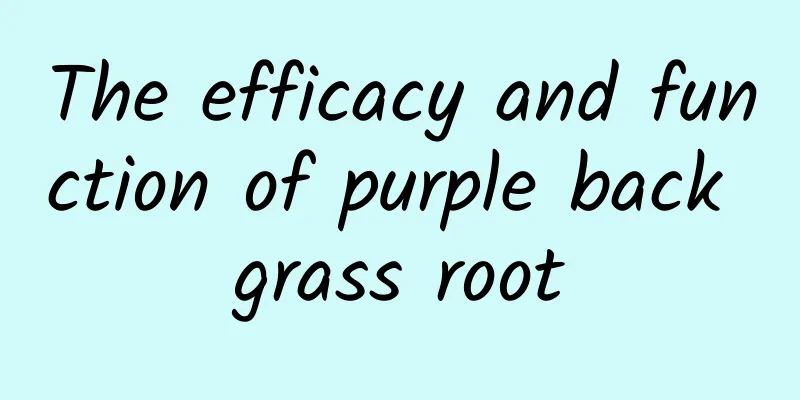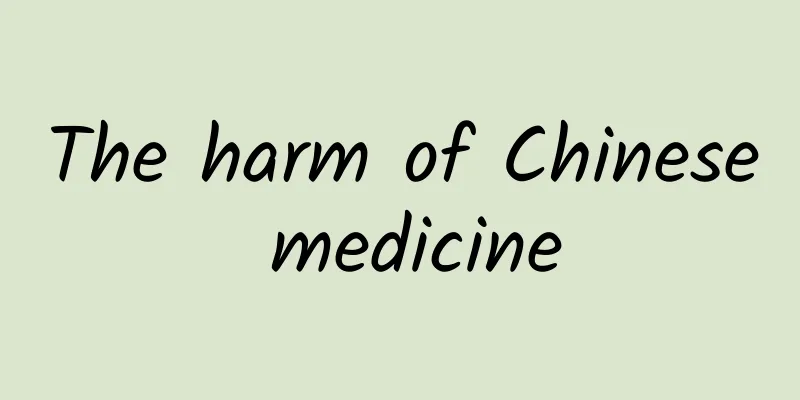The efficacy and function of carmine flower

|
Carmine flower is a traditional Chinese medicine. Do you know the medicinal value of it? How does traditional Chinese medicine use carmine flower to treat diseases? And what should you pay attention to when using carmine flower to treat diseases in daily life? Don't worry, we will answer them one by one for you. [Source] Medicinal material source: the whole herb of the Primulaceae plant. [Original form] Perennial herb. The whole plant is powder-free. Rhizome short, with numerous long roots. Leaves are basal; petioles have membranous broad wings, usually very short, sometimes nearly as long as leaf blades; leaves are obovate-elliptic, narrowly elliptic to oblanceolate, 6-25cm long including petiole, 2-4cm wide, obtuse at apex, gradually narrowing and extending downward to form a petiole at base, with fine serrations on margin, rarely nearly entire, midrib slightly wide, lateral veins slender and inconspicuous. The pedicel is stout, 20-70cm high; with 1-3 whorls of umbels, each with 6-20 flowers; the bracts are draped, 3-7mm long, gradually pointed at the apex, and fused at the base; the pedicel is 1-4cm long, glabrous, and usually recurved; the calyx is narrowly campanulate, 6-10mm long, split to 1/3 of the total length, the lobes are triangular, and the edges have glandular cilia; the corolla is dark red, the corolla tube is tubular, the lobes are oblong, entire, and usually folded back and attached to the corolla tube; long-styled flowers: the corolla tube is 11-13mm long, the stamens are born in the middle and lower part of the corolla tube, 4-5mm from the base, and the style is nearly as long as the corolla tube mouth; short-flowered osmanthus: the corolla tube is 4-19mm long, the stamens are born in the upper part of the corolla tube, the anther tip is about 2mm from the tube mouth, and the style is 3-4mm long. The capsule is cylindrical, extending out of the calyx, with a diameter of 4-6mm. Seeds dark brown with reticulate texture. The flowering period is May-June, and the fruiting period is July-August. [Habitat distribution] Ecological environment: Grown on subalpine meadows or under mountain forests, in green forests and moist places rich in humus. 【Properties】 Identification: The fibrous roots are numerous and thick, with a yellowish-white surface; they are brittle and easy to break, with a light yellow cross section. The leaves are basal, mostly wrinkled and broken. When the complete leaf blade is flattened, it is rectangular-oblanceolate, obovate-lanceolate or elliptical. The length including the petiole can be up to 25 cm and about 4 cm wide. The tip is completely round, and the base gradually narrows downward to form a petiole. The edge has fine teeth. The leaf surface is yellow-green; it is brittle and easily broken. The peduncles vary in length and are yellow-brown, dark red-purple or purple; umbels can sometimes be seen, with 1-3 whorls; the flowers are purple-red. Slight odor, light taste. 【Nature and flavor】 Spicy; neutral 【Functions and indications】 Dispel wind and calm epilepsy; relieve pain. Main epilepsy pain; headache [Usage and Dosage] For oral use: decocted in water, 9-15g. [Discussions by various scholars] "Xinhua Compendium of Materia Medica": The whole plant: has analgesic and wind-relieving functions. Used for epileptic headaches. 【Excerpt】 Chinese Materia Medica After reading the above detailed introduction to the effects and functions of carmine flowers, I believe many friends already know the benefits of carmine flowers. It can be seen that carmine flowers are very beneficial to our human body. If you need it, you might as well give it a try. |
<<: The efficacy and function of rock jujube tree
>>: The efficacy and function of sheep gall
Recommend
The efficacy and function of new Litsea cubeba
New Litsea cubeba is a traditional Chinese medici...
What are the effects of mother clove
Nowadays, people pay more and more attention to t...
Can broken wall pine pollen be used as a facial mask?
Pine pollen is a very valuable food, not only bec...
State Post Bureau: my country's express delivery business volume will reach 174.5 billion pieces in 2024, a year-on-year increase of 21%
According to the State Post Bureau, China's e...
What are the medicinal values of trumpet creeper
The trumpet creeper has bright flowers, a long fl...
Is it better to take Chinese medicine for acne before or after meals?
Nowadays, as many young people work in front of c...
Can't stop coughing? Can't get better after having a cold for half a month? Go to the hospital immediately!
Recently, influenza A, influenza B, syncytial vir...
If you eat a piece of chocolate while chewing gum, will the gum disappear?
When you are not hungry but always want to chew s...
My family's jealousy was caused by the dog...
Being jealous is an innate emotion of human being...
The efficacy and function of Momordica cochinchinensis root
The root of Momordica charantia is a traditional ...
Which is better for making dough, yeast or baking soda? Fortunately, I found out today
When you think of yeast foods, what’s your first ...
Competing with "tradition": AI is coming, will it rewrite the boundaries of search?
Original title: "Moment of Truth: Will Wikip...
Benefits of Golden Burdock Tea
Golden burdock tea is a very popular health tea i...
The efficacy and function of the immortal staff
Since Chinese medicine has fewer side effects, mo...
The efficacy and function of Tripterygium wilfordii tablets
Tripterygium wilfordii tablets are a medicine in ...









